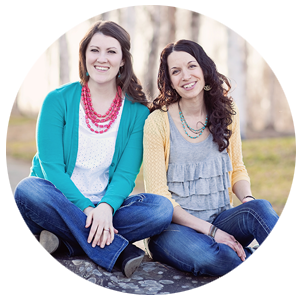How to teach your child before and after numbers
How to Teach : Before and After Numbers concept for Mont III child - Little and Big Kids 5-12 years
As I sit with my daughter for her daily study, I am really confused how to teach her the concept of Before and After Numbers. Can someone suggest some tips to make her understand this concept.
Hi malleswari,
I share the tips followed by me to teach my kids..
first thing is she should know the order of numerals by heart...and she should know the difference between after and before.
I used foam numbers..arranged it on the floor in order and asked them to touch the number and say from 1 till 10...(my kids are young and hence I used only till 20)..ask questions like what is after 2 or before 2.... they will look on the numbers and reply...keep repeating with different no.s and also the order..
I also used bead numbers and asked them to join the beads in order in a string...I also tried the same with alphabets..
Once they are familiar with the order and sequence. ..started playing no. games with them..while I am feeding them or at bed times or while travelling...now they will answer me by keeping the order in memory..
Try it and revert
Malleswari,
As Miku said, first she should know the forward sequence. You can use a 10 X 10 number grid with numbers written on it. When she sees the pattern in which the number appears, she will get an idea of the sequence.
Everyday make it a habit to count numerous things in reverse order. First start with her soft toys. Count 5 toys first and always associate the number with the number of objects. Start removing one from the group and ask her to tell you the total. repeat this with different things for a count of 5 for a couple of days. Then gradually increase the no of objects to 10, 15, 20 etc and repeat the process. count while climbing the stairs. When you know the number of stairs, start counting down the next time you climb the stairs.
You can play snake and ladders with her in reverse order starting from 100 to reach 1.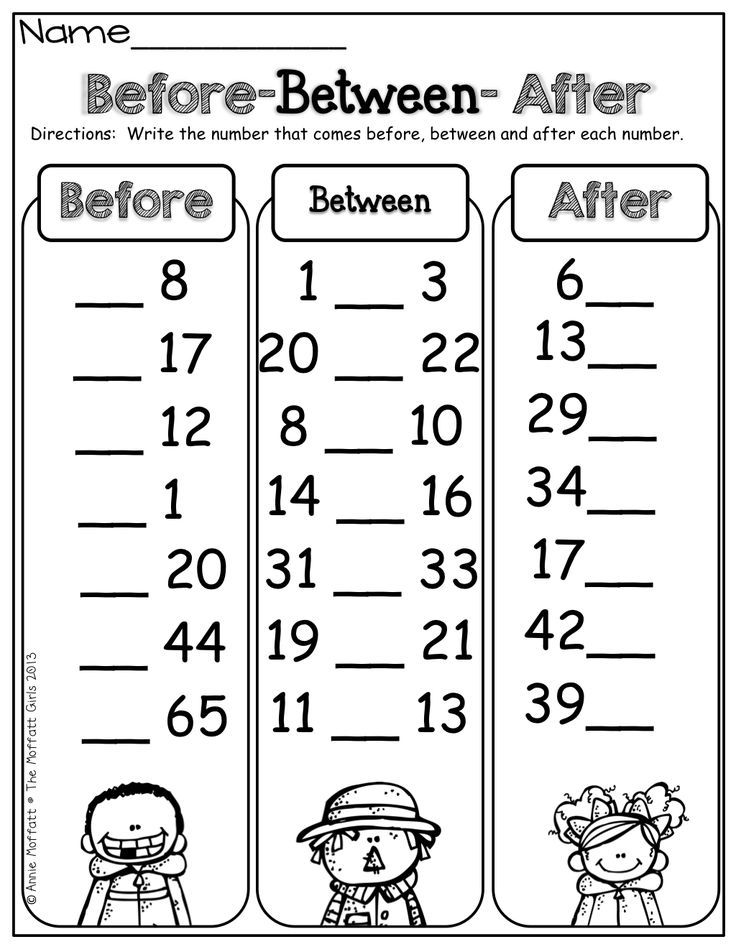
Play card games like rummy with her to encourage her to form the sequence.
Make your own board game. for e.g draw a long rectangle and divide it into 50 equal parts and write the numbers from 50 to 1 on them. Roll the dice to move your game piece to move from 50 to 1 (similar to snake and ladders). Add more game rules to move forward or backward with specific no of moves. it will be more fun if she gets to play with the one she makes.
Draw a part of the number grid and ask her to fill it. See the below image for an example.
She won't be able to master it in a day. It takes some time.
Superb roshmom
Is there any website to prepare this no.grid
Sorry don't know miku. Just took a pic of one of my son's worksheets
Ok Roshmom...I could custom prepare these worksheets by hand.. no issues..
@mikukiku : Thanks so much for your tips. I shall definitely try and update the progress in my child. Regarding worksheets, you can try www.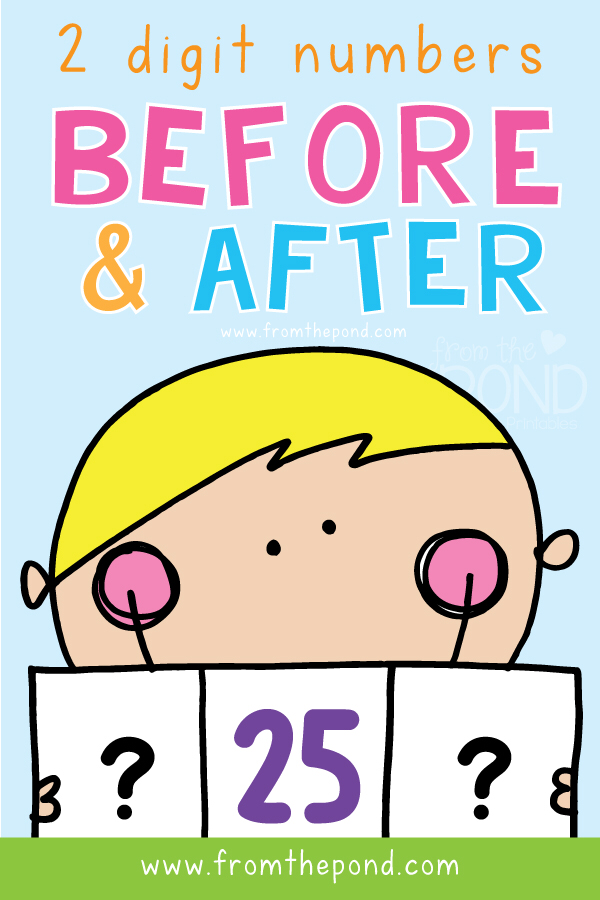 tlsbooks.com & www.kidsfront.com. I find both the websites useful.
tlsbooks.com & www.kidsfront.com. I find both the websites useful.
@Roshmom: Asusual, you always top the idea score board... thx a ton.
Tips and Tricks to Teach Your Children Numbers
It’s amazing how quickly toddlers are able to say the names of many numbers, but the process of teaching them what the numbers actually mean can take quite a while longer. The understanding of numbers is of course crucially important for any child’s future education and life beyond, which is precisely why it is a process that cannot be rushed. As a parent, it’s perfectly possible to nurture and encourage a child’s understanding of numbers from an early age, simply by getting them interested in educational activities and games you can play at home.
How to Teach Numbers to Your Kids
Teaching your kids numbers is easy. It’s a case of encouraging them to associate number with the things they see and do every day, while at the same time making the process as fun as possible.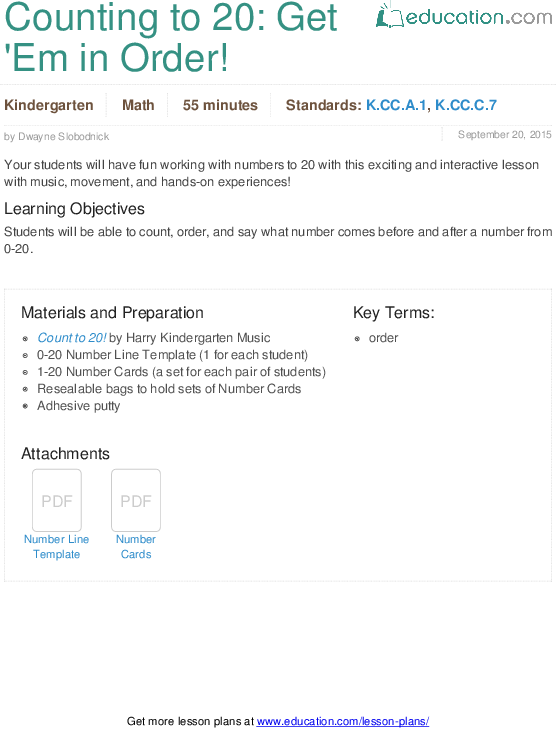 The most important advice of all is to never rush the process and to accept that it may be a few years before a genuine understanding begins to set in, but it will indeed set in given time.
The most important advice of all is to never rush the process and to accept that it may be a few years before a genuine understanding begins to set in, but it will indeed set in given time.
How to Teach Numbers: Saying and Counting Numbers
- It’s a good idea to begin introducing numbers to children as soon as their first birthday rolls around. Just the simplest of statements –“One tree, two cats” and so on, can make them realize that numbers are associated with real life object or pictures.
- Songs are also great – anything like “Ten Green Bottles” or “Three Blind Mice” – as they’re much more memorable. After 24 months, it’s possible that a child will be able to count to ten, but chances are this will be from memory rather than actually understanding what the numbers mean.
- At this stage it’s important to use every available opportunity to bring numbers into everyday life and everything you do. Two shoes, one dog, three apples and so on and so forth – it will take a whole to get the message across, but using this kind of visual reference is the key to communicating the meaning of the numbers, rather than just the sounds.
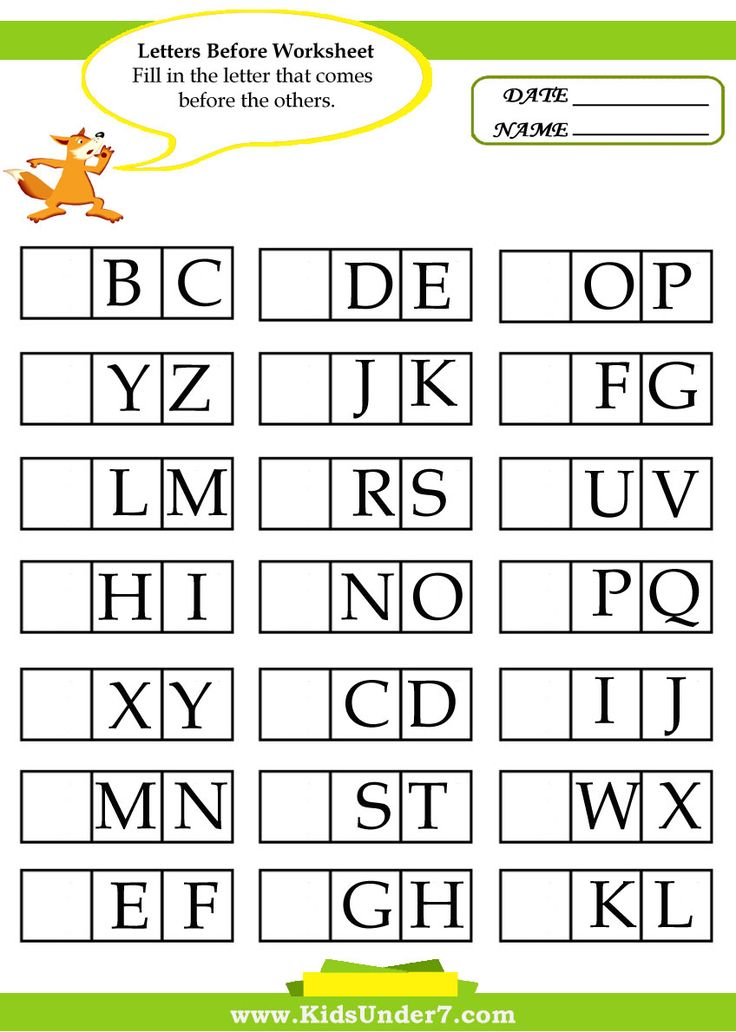
- Between the ages of three and four years, you can take things one step further to begin adding and subtracting quantities of the visual number references you’ve been using. You could for example show your child three bananas, and then take one away to become two. Or perhaps you could use building blocks to show addition and subtraction – not that they’ll understand the principles of the mathematics, but they’ll continue to associate numbers with object in everyday life.
- In terms of written numbers, it’s not uncommon for kids not to understand or be able to write any numbers until the age of 5.
Check the cute number song for you baby that he/she is definitely gonna like:
1. Point out Numbers in Neighborhood
Simply keep an eye out for all the numbers that exist in and around your neighborhood, making sure to bring them to the attention of your child.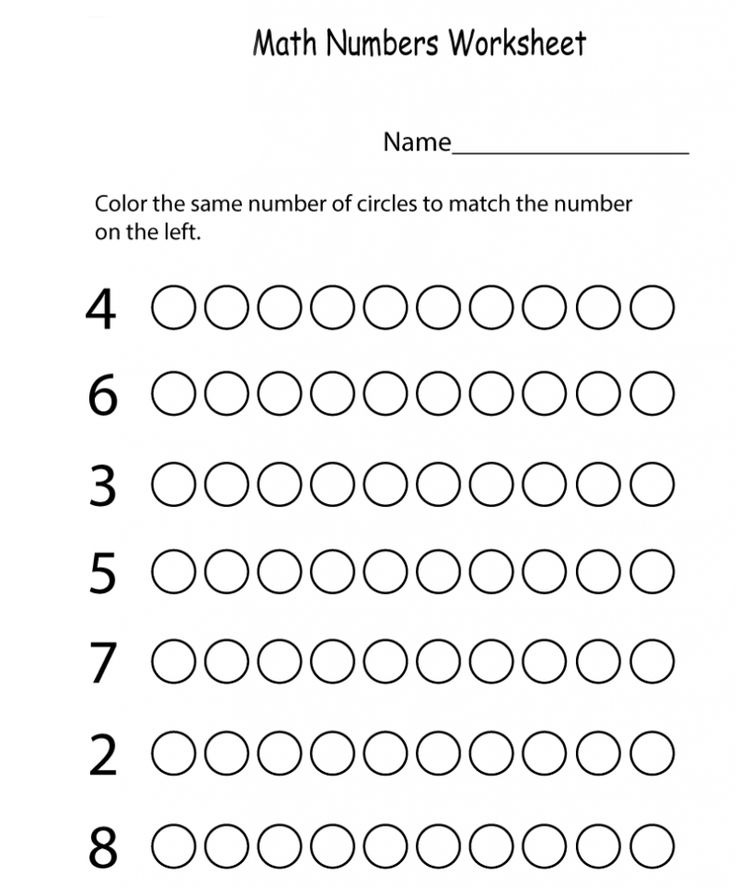 From buses to house numbers to advertising posters and so much more, read them all out loud and point them out to your child as you do so.
From buses to house numbers to advertising posters and so much more, read them all out loud and point them out to your child as you do so.
2. Clean by the Numbers
Cleaning up can become a math lesson simply by counting along with all the toys you put away. A little further down the line, you can ask them to pass you two items, put away one toy and so on and so forth to test their progress. They’ll learn and repeat by memory only in the early years, but it still gets the names of number absorbed and remembered.
3. Sing Number Rhymes
When singing nursery rhymes and kiddy songs that involve numbers, use your fingers as visual references. By doing so, your child will see that nine green bottle for example are less than ten.
4. Call Me—the Phone Number
It’s a tricky one to nail, but if there’s one set of numbers you can get your child to remember, make it your phone number in case they every get lost. Try making into a song, a rhyme or a limerick.
5. Connect the Dots
Invest in a chalkboard or maybe just a set of washable pavement chalks and you have all you need for a brilliant number game. It’s a case of creating a simple connect the dots pattern by drawing a series of dots in any given shape and numbering them one to ten. In no time at all, you child will begin to understand which number follows the last and will associate the counting process with the reward of drawing a fun picture.
6. Count with Legos
All building blocks are just perfect for teaching number and really, what kid doesn’t love playing with Lego? Try creating a graph or table with ten numbered boxes, in which you can ask your child to put the corresponding number of blocks to communicate the difference between each figure. Or you could of course just encourage them to count as they build.
7. Draw It Out
Bring the numbers themselves to life by encouraging your child to paint them in bright colors.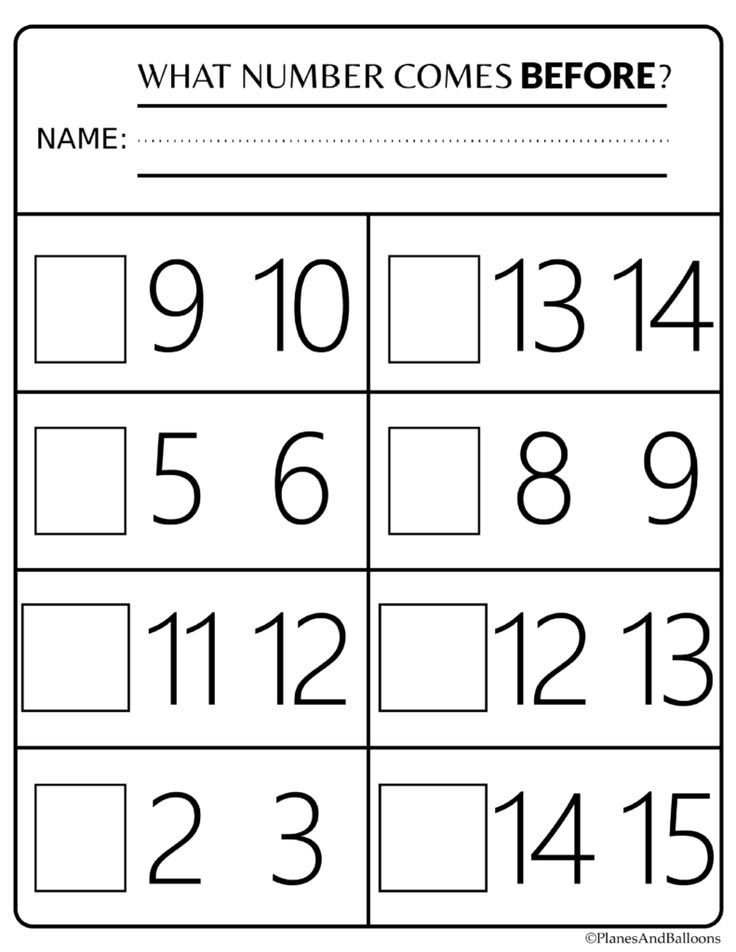 This is one of the best ways of bringing interactivity to the learning process and ensuring that your child has a blast while developing important knowledge.
This is one of the best ways of bringing interactivity to the learning process and ensuring that your child has a blast while developing important knowledge.
8. Read Counting Books
There are plenty of kids’ books on the market that have been designed specifically to assist with the teaching of numbers. Examples like "1, 2, 3 to the Zoo: A Counting Book" by Eric Carle and "How Do Dinosaurs Count to Ten?" by Jane Yolen are ideal for making the learning process as fun an memorable as possible.
9. Make Counting Books
Or better still, bind a series of pages together and on each page write a number. Next, ask your child to draw anything they can think of in the quantity specified, so on the page where you write the number three, they can draw 3X times anything they like.
The following video shows a fun way to introduce numbers to your baby. Learn with Lizzy the Dog:
How to teach a child to count to 10, 20, 100
How to teach a child to count
Many children come to the first grade already with counting skills, so it is important for parents to teach them in advance. Today there are many techniques that make it interesting and fun.
Do not impose learning to count, it should be easy: in the course of daily activities or games. Count familiar objects together, gradually complicating the tasks. For example, he easily visualizes two oranges or four plates, but hardly abstract sets.
When to teach your child to count
Most experts believe that the best time to teach kids to count is 3-5 years. It is at this age that the child begins to be interested in new things and learns to establish patterns between numbers. However, everything is very individual. If the baby is actively exploring the world and is interested in mathematics earlier, you can start learning from the age of 1.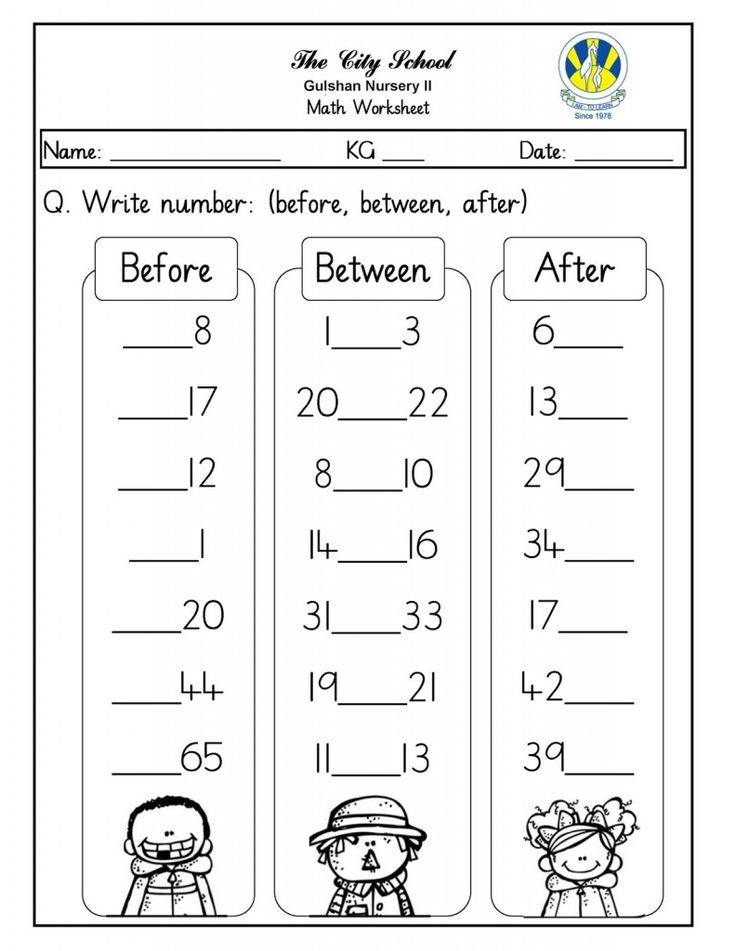 5.
5.
What methods to use to teach counting
We have collected proven methods that allow you to do this in a playful way that is interesting for the child.
- Finger counting . The technique helps to understand how to teach a child to count to ten. It will be difficult for a baby to remember all the numbers at once, so you can start with five and focus on the fingers of one hand. Introduce the child to their names, then connect the second hand. You can use finger games when one disappears or two or three fingers meet together.
- Use of study cards and sticks . You can lay them out one by one on the table and name the numbers, then move one part of the sticks to the right and the other to the left and ask how many sticks are in each part.
- Number games . Teaching children to count can take place in a playful way. For example, the role-playing game "shop". You need to choose who will be the seller and who will be the buyer, and assign a currency.
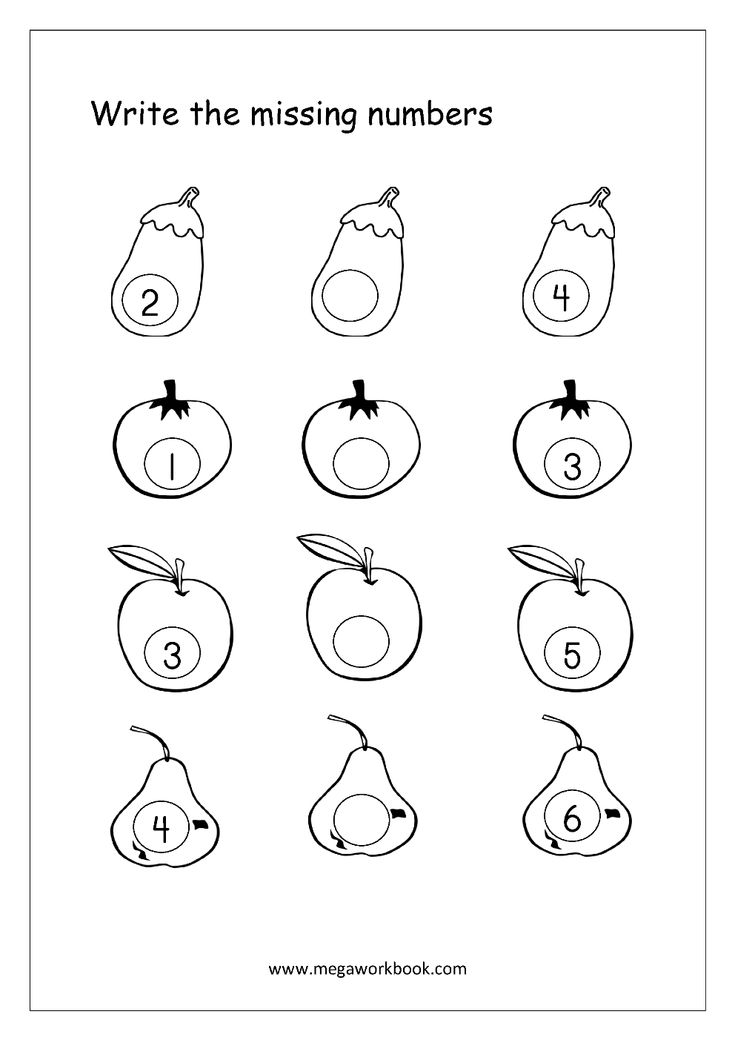 Selling or buying sweets and toys, the child will easily remember the numbers up to ten and even up to twenty.
Selling or buying sweets and toys, the child will easily remember the numbers up to ten and even up to twenty. - Montessori method . It's like playing shop. You can give the child different coins, for example, a ruble, two, five, and ask him to calculate the amount or change money.
- Doman technique . The author recommends using cards with red dots for counting. The color will attract the baby's attention.
- Hundred Account Nikolai Zaitsev suggests immediately showing numbers from 0 to 99. So the child will understand how many tens and units each number makes.
- Polyakov's method . You will need cubes, a box with compartments according to the number of cubes and numbers. First, one cube is taken, placed in a cell and the number 1 is placed next to it. And so on up to 100.
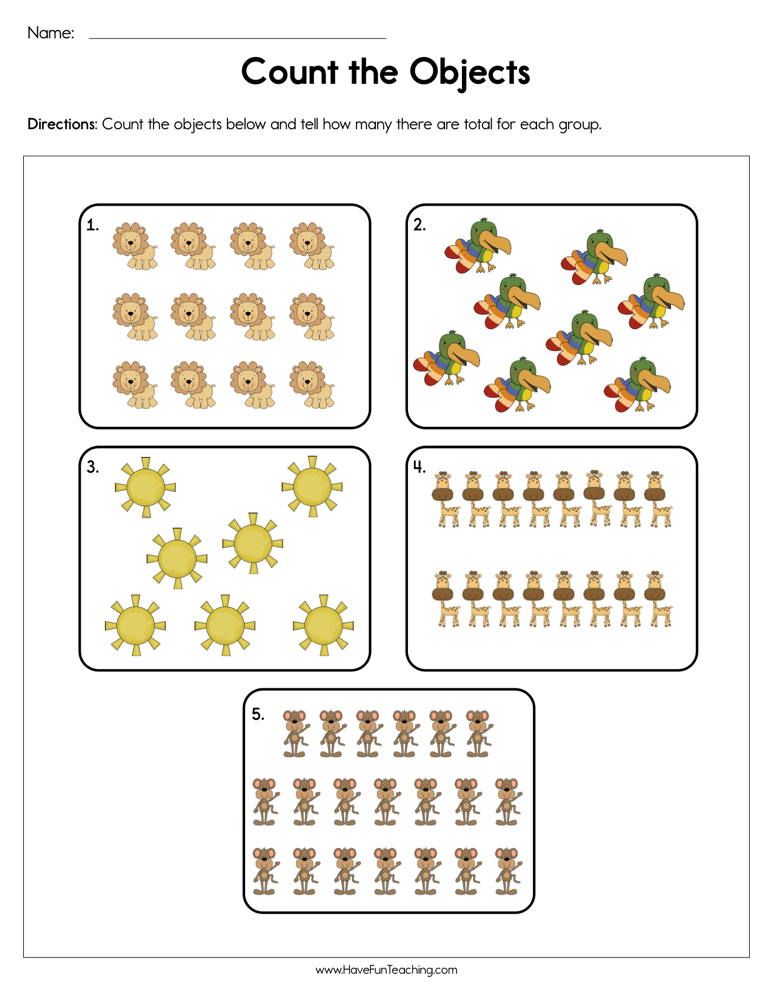
How to teach your child to count to 20
To teach your child to count to 20, use two pairs of hands - yours and his own. You can also use cubes, cards, sticks or draw dashes - whatever comes to mind. Such an account is given as easily as up to 10. At this stage, the child needs to understand the composition of the number.
<>
How to teach a child to count up to 100
Tell your child that there are only nine tens, then name each tens: ten, twenty, thirty, and so on. Invite him to memorize 10 new digits of each ten every day. At the end of the day, ask what the child remembers and repeat what they have learned on other days. To simplify repetition, you can count the objects that are in front of you. After the child has mastered the tens, invite him to play a game: write a series of numbers with tens and skip one number in the middle. Ask your child to complete the pass.
<
You can also use Glenn Doman's method. First, the child needs to be shown cards with no more than five dots, then increase their number to 20, 50, and then up to 100. This method will also help train visual memory.
First, the child needs to be shown cards with no more than five dots, then increase their number to 20, 50, and then up to 100. This method will also help train visual memory.
It is important to draw the attention of the child to the numbers from 11 to 19, as they are called differently from the rest.
Source: freepik.com
How to teach your child to add and subtract
To teach a child to solve examples, visualization is needed again. Bend and bend your fingers, remove and take out sweets.
Addition and subtraction are reciprocal operations. This connection needs to be conveyed to the child. That is, to demonstrate that 2+1 = 3 is the same as 3−1 = 2 and 3−2 = 1. If the child has mastered the principle, there will be no problems with other numbers.
To teach your child to add and subtract within 20, you need a number line. For example, 5+3. We find the number 3 on the beam and take five steps to the right. You can do the same with your fingers.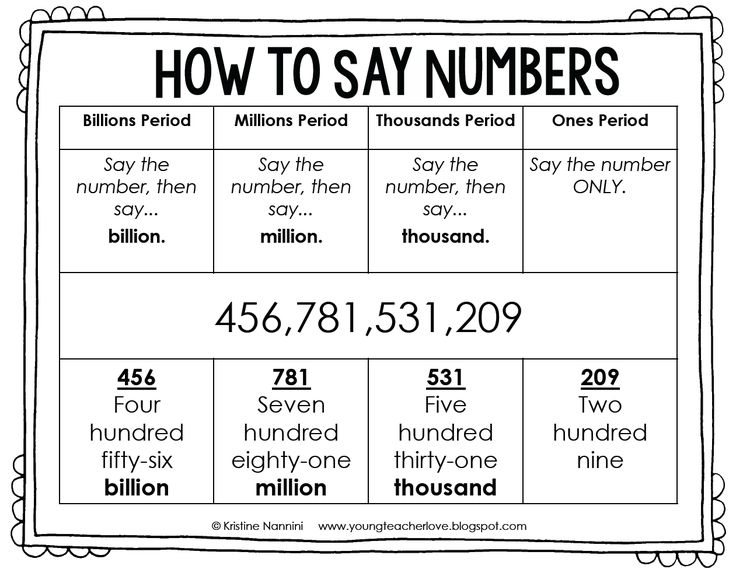 So you can teach to count with the transition through a dozen and without.
So you can teach to count with the transition through a dozen and without.
Actions with the transition through ten have a peculiarity: you need to know the composition of the number and the pair of numbers that together form a ten (1 and 9, 2 and 8, 3 and 7, 4 and 6, 5 and 5). For example, 7+6. Seven to ten lacks three, that is, it turns out 7 + 3 + unknown. The six gave away three to ten, which means that there are still three left. Then it turns out: 7+3+3.
How to teach a child to count in columns
Explain that in addition and subtraction, all actions are performed in digits: tens with tens, ones with ones. For example, 31 + 12: a three is added to a unit, a unit to a two.
To simplify, you can do training exercises - for example, write numbers under each other. Number 6 at the bottom, 12 at the top. It is important to explain to the child that six should be under the number 2, and not 1, as it refers to units.
Start with simple examples, where numbers add up to a number less than 10.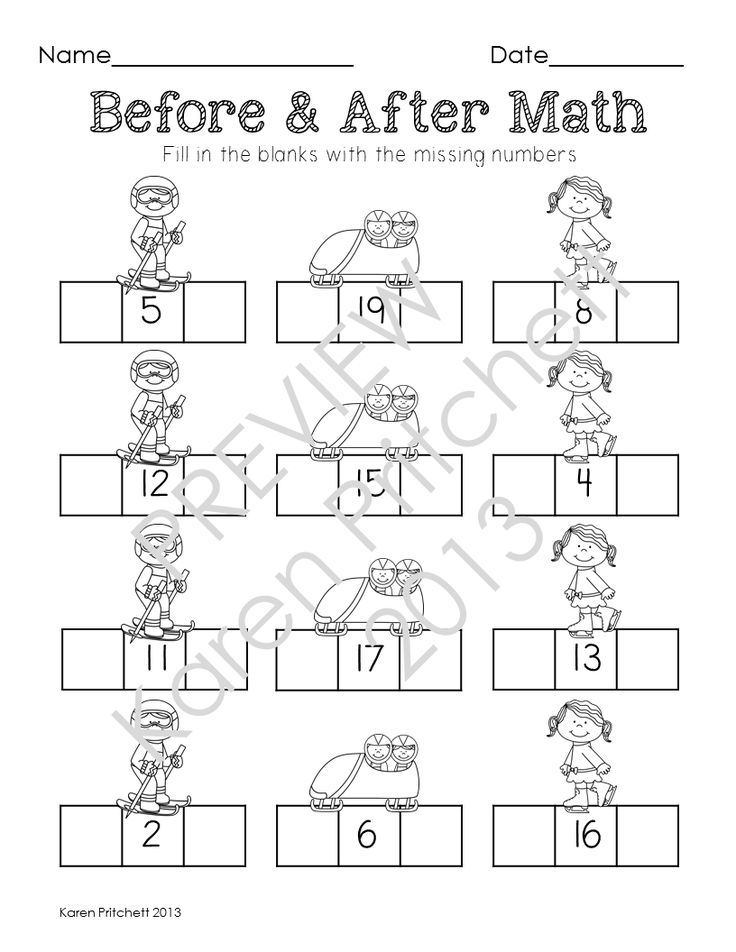 Then you can move on to examples with a transition through ten: for example, 25 + 16. 5 + 6 add up to 11. Then we write the unit from 11 under the line, and we remember the unit as a ten. When we add the tens, we get 2 + 1 and another +1, which we kept in our heads.
Then you can move on to examples with a transition through ten: for example, 25 + 16. 5 + 6 add up to 11. Then we write the unit from 11 under the line, and we remember the unit as a ten. When we add the tens, we get 2 + 1 and another +1, which we kept in our heads.
In the case of subtraction, you should also start with simple examples, gradually moving on to more complex ones. For example: 25-16, in the column where there are ones, 5 less than 6, explain to the child that in this case we kind of “borrow” a unit from tens.
For convenience, you can use the symbols that are marked in blue in the figure. In the first case, a ten is added, in the second, a dot serves as a reminder of a “busy” ten.
Counting games and exercises
Lego
Build towers with a certain number of blocks to teach your child to count. Later Lego will be needed in the development of fractions.
Fairy tales
Read to your child passages from fairy tales that contain numbers.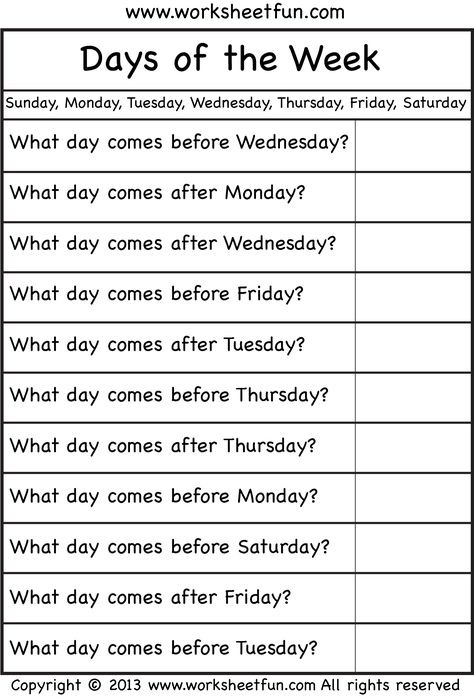 He needs to clap as soon as he hears them.
He needs to clap as soon as he hears them.
Coloring pages with examples
You can teach your child to add and subtract through coloring pages, where an example is written in each cell, by solving which the child will recognize the color.
Board game "Strawberry paths"
There are two types of cards in the game: "Picking berries" and "Sharing berries". In the first case, you need to string a certain amount on your thread, and in the second, subtract, that is, give away. In the process, you need to count the berries and compare.
Dominoes with numbers
The principle is the same as with pictures. One domino with two numbers around the edges is laid out by the child, the parent picks up a die with one of the numbers. The one who gets rid of the dominoes first wins.
<
